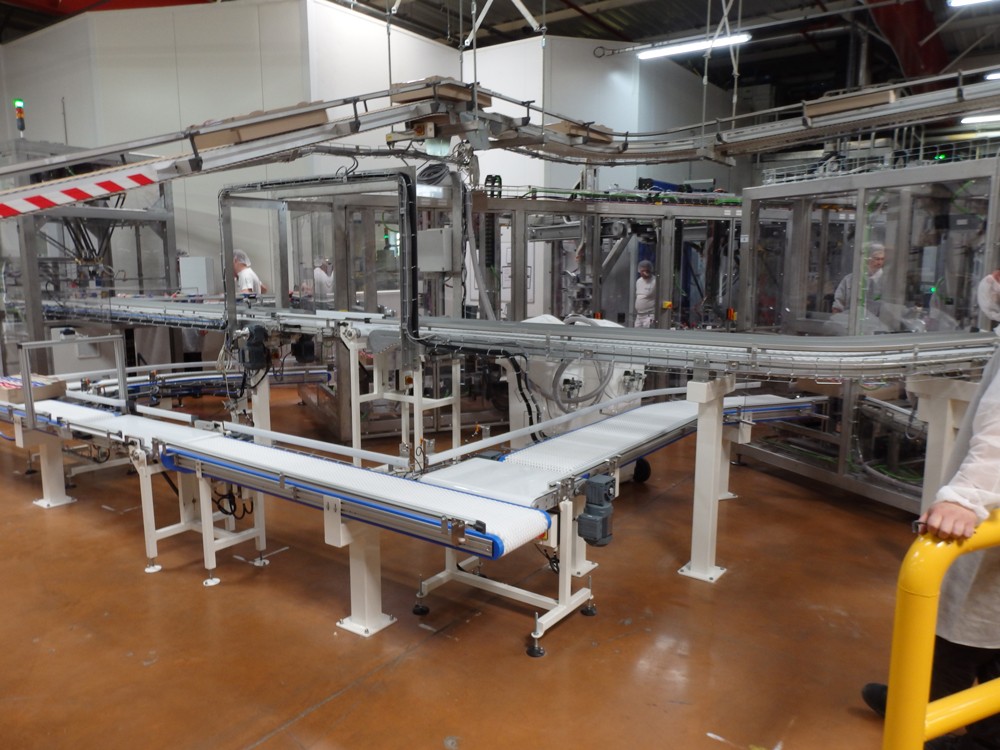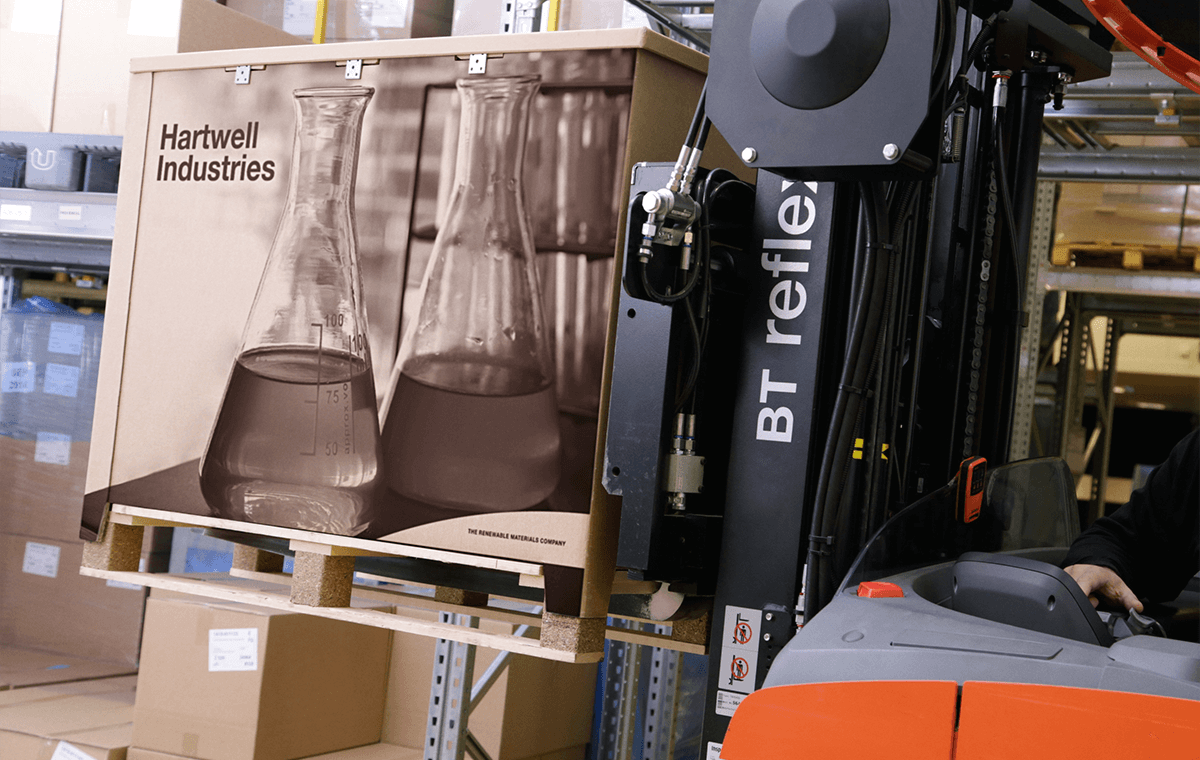Top quality in Every Mold: Plastic Container Manufacturer Knowledge
Top quality in Every Mold: Plastic Container Manufacturer Knowledge
Blog Article
Reliable Industrial Recycling Solutions for Sustainable Product Packaging: A Comprehensive Guide
In today's increasingly environmentally-conscious world, the demand for lasting product packaging remedies has actually never ever been higher. To fulfill this demand, services throughout markets are proactively seeking efficient commercial recycling options. However, navigating the complicated landscape of sustainable packaging can be challenging without a detailed guide. That's where this comprehensive overview on reliable industrial recycling remedies for lasting product packaging can be found in. By discovering vital locations such as product packaging product choice, developing for recyclability, applying recycling framework, working together with reusing partners, and monitoring and determining reusing success, this guide will certainly equip you with the knowledge and devices required to make educated decisions and drive favorable adjustment within your company. Whether you're a packaging professional, sustainability supervisor, or just interested in the subject, this guide will certainly supply important insights and approaches to assist you navigate the globe of sustainable product packaging.
Product Packaging Product Option
The selection of product packaging products plays a critical role in making sure the sustainability of commercial reusing remedies. The option of materials is essential in reducing environmental impact and making the most of recycling performance when it comes to sustainable product packaging. Selecting the best materials can help decrease waste generation, save resources, and promote a round economic situation.
Products like cardboard, paper, glass, and particular kinds of plastics can be reused several times without losing their top quality. On the other hand, products that are tough to recycle, such as non-recyclable composites or blended plastics, can produce challenges for the recycling procedure and may end up in incinerators or garbage dumps.
One more factor to consider is the use of eco-friendly and eco-friendly materials. Packaging made from renewable energies, such as plant-based plastics or biopolymers, can assist minimize dependence on fossil gas and reduce climate change. In addition, eco-friendly products damage down naturally with time, minimizing the build-up of waste in land fills.
Furthermore, the weight and volume of packaging materials must be minimized to lower transportation expenses and energy consumption. Lightweight materials not just require less sources during production yet likewise add to reduce carbon exhausts during transportation.
Designing for Recyclability
Packaging designers need to prioritize the use of products that are commonly approved for recycling and have developed recycling facilities. Materials such as glass, aluminum, and specific kinds of plastic, like PET and HDPE, are generally recycled and must be chosen over products that are tough or costly to reuse.
One more important consideration in designing for recyclability is the elimination of unneeded elements or products. By minimizing the variety of layers, finishes, and additional parts, packaging can be made simpler and much easier to reuse. Furthermore, designers ought to aim to lower using mixed materials, as they can make complex the recycling process.

Implementing Recycling Infrastructure
Reliable application of reusing infrastructure is important for the success of industrial reusing solutions. Without correct facilities in position, the reusing process comes to be ineffective and inefficient, impeding the general goal of lasting packaging.
To implement recycling infrastructure properly, numerous vital aspects require to be thought about. First of all, there should be a well-organized collection system that helps with the separation and collection of recyclable materials. This can consist of designated reusing bins in public rooms, as well as collaborations with waste administration firms for curbside pick-up and sorting.
As soon as collected, the recyclable materials require to be transferred to recycling facilities in a timely fashion. This requires efficient logistics and transportation networks, guaranteeing that the materials reach the suitable facilities immediately.
At the recycling facilities, advanced sorting and processing technologies ought to be in place to separate different kinds of products properly. This consists of the usage of automated arranging makers, optical scanners, and hands-on sorting methods.
Additionally, there ought to be a robust market need for recycled products. This can be attained with partnerships with producers and industries that use recycled products in their manufacturing processes. Creating a stable market for recycled products incentivizes the recycling sector and advertises the circular economy.
Collaborating With Recycling Allies

One secret aspect of teaming up with reusing companions is the establishment of clear communication networks. It is necessary to establish open lines of communication to promote the exchange of info, updates, and feedback. This permits both celebrations to remain notified about the progression of recycling campaigns and attend to any obstacles or issues that might occur.
In addition, partnership can entail collaborations in designing and carrying out recycling programs. Reusing partners can supply valuable insights and advice in establishing reliable collection systems and identifying one of the most appropriate recycling innovations. By functioning together, services and reusing partners can enhance the reusing process and reduce waste.
In addition, collaboration can prolong beyond the functional aspects of recycling. It can likewise incorporate advocacy and education efforts. By signing up with pressures, companies and recycling companions can elevate awareness regarding the value of reusing and promote the adoption of sustainable packaging methods amongst customers and various other stakeholders.
Monitoring and Measuring Recycling Success
To ensure the efficiency of industrial reusing options and the success of lasting product packaging goals, it is essential for services and their reusing companions to develop a detailed system for monitoring and gauging reusing success (processing company). Determining and tracking recycling success allows companies to evaluate the effect of their recycling efforts, identify locations for renovation, and established significant targets for future development
One method to track recycling success is through using information collection and evaluation devices. By gathering data on the amount of product packaging waste created, the percent of waste that is recycled, and the sorts of materials being reused, services can get important insights right into their recycling performance. This information can after that be examined to determine trends, patterns, and locations of ineffectiveness.
One more important facet of monitoring and determining recycling success is developing clear and standardized metrics. This permits services to compare their efficiency against industry criteria and track their development in time. Metrics such as reusing rates, waste diversion rates, and greenhouse gas exhausts can offer a measurable procedure of a company's reusing success.

Final Thought
Finally, implementing reliable industrial recycling solutions for lasting packaging calls for cautious consideration of product packaging material option, creating for recyclability, implementing reusing infrastructure, teaming up with recycling companions, and tracking and gauging recycling success. By including these methods, organizations can add to an extra environmentally-friendly and lasting method to product packaging, decreasing waste and advertising the circular economic climate.
By exploring crucial locations such as packaging product selection, creating for recyclability, implementing recycling framework, collaborating you can try here with recycling companions, and monitoring and measuring reusing success, this overview will furnish you with the expertise and tools required to make enlightened decisions and drive positive modification within your company. Product packaging designers must focus on the usage of materials that are commonly approved for reusing and have established recycling facilities.Cooperation with recycling partners is vital for the effective execution of industrial recycling services and the accomplishment of lasting product packaging objectives. By signing up with forces, companies and try this website recycling companions can raise recognition concerning the relevance of recycling and promote the adoption of lasting packaging practices among consumers and other stakeholders.
By accumulating data on the amount of packaging waste generated, the percentage of waste that is reused, and the kinds of products being reused, organizations can gain important insights into their recycling efficiency.
Report this page